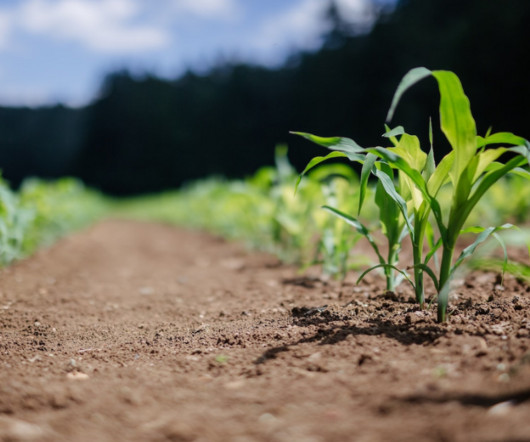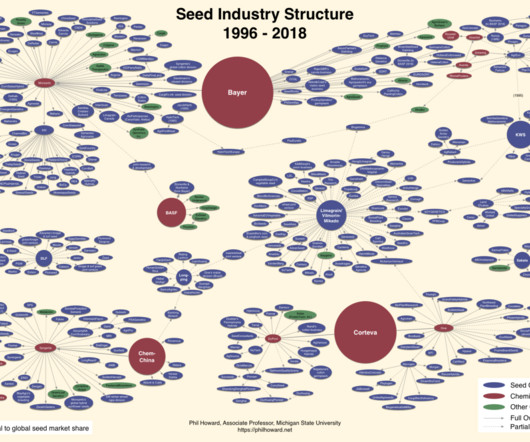Precision Ag News 6/12
Agwired
JUNE 12, 2024
The two awards recognize biotechnology leaders who are driving cutting-edge breakthroughs in agricultural, environmental, and industrial biotechnology. The Agricultural Retailers Association (ARA) opened registration with a rejuvenated schedule for its annual Conference & Expo, to be held Dec. 3-5 in Houston, Texas.












Let's personalize your content